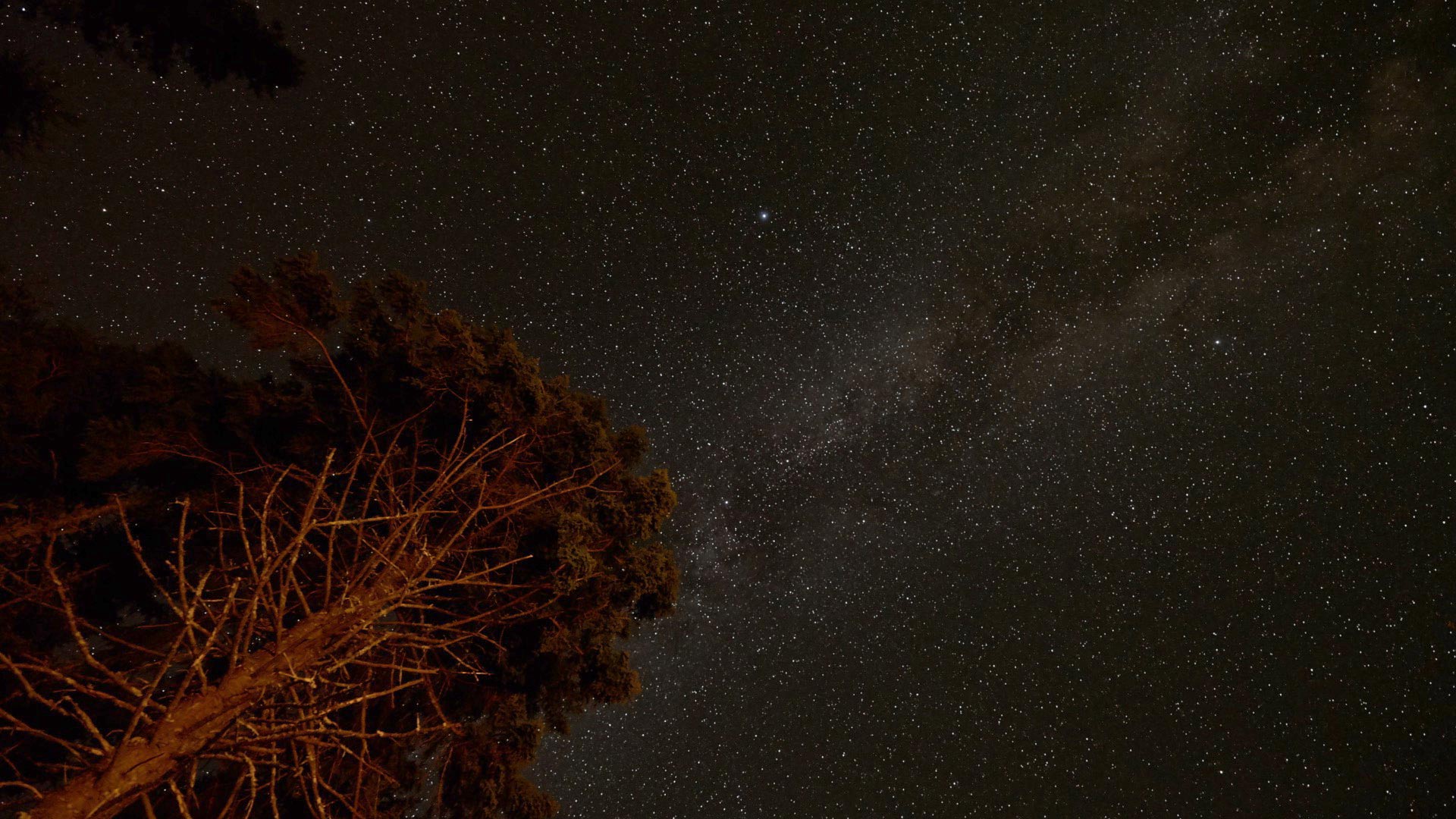In 2014 I published a personal project, Mainelapse, a time-lapse film of the Maine coast and the Maine nighttime sky. I was happy with it at the time but, like with most work, you look at it a few years later and you think, “Hmmm…. I can do better.”
In this case, the room for improvement was in the processing of the original raw files, the still images which make up the time-lapse. In 2014, I had run them through Apple’s Aperture. Aperture was software I had been using for about a decade but which had only a couple of months earlier been end-of-lifed by Apple. More to the point, Apple had not updated Aperture in a long time and, in hindsight, it had already lost ground to more modern raw convertors.
I now use Phase One’s Capture One for processing raw still images and it is a much more capable piece of software. So much so that I can go back to old files and pull out more detail and more information than when they were originally processed in Aperture. With that in mind and with a few edits refreshed and a new end title sequence I give you, once again, Mainelapse:
Mainelapse by Jon Roemer, on Vimeo and YouTube.
What’s new in the video above? Primarily the image quality. By processing the original raw files in 2018’s Capture One 11 I can get increased dynamic range, better overall color, and far less color noise and digital artifacts.
Here are a couple of side-by-sides of the same frames seen in the video. 2014 Aperture on the left vs. 2018 Capture One on the right.




All of the time-lapses in Mainelapse were shot with the camera was set to its daytime white balance preset. What you see above are direct conversions with no color changes in the processing. Aperture has a definite bias toward green. Capture One may look to have a slight bias toward magenta but in reality it’s because the two versions are side by side. When each is on its own, the Capture One color feels much more true to life.
In the daytime shot’s 100% detail view, you can see how much more detail the 2018 Capture One conversion has when looking at the grass, the dog’s fur, and the tabletop. This isn’t a matter of sharpening as the Aperture version doesn’t have the edges for a sharpening tool to grab onto.
You can also see the dynamic range difference in the detail view. The Capture One version has greater dynamic range, being able to hold the highlights of the newspaper, the napkin and the plate on the tabletop. In the Aperture version all of those items clip. Similarly, if you look at the blue sky in the full-frame versions of 2014 vs. 2018, 2014 looses highlight detail and color where 2018 does not.
In the nighttime celestial view, Aperture has color artifacts gone wild – red, teal, and orange specks are everywhere. They are pretty to the eye but pretty inaccurate as far as color goes. The Capture One image is much cleaner, more uniform, and a bit sharper.
What a difference a few years makes.
—
I have two prior 2014 Mainelapse posts: Mainelapse and Lapsing Maine. In both posts the film as been updated to the 2018 version.
